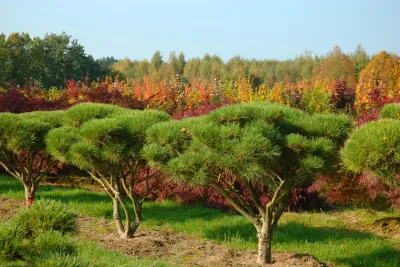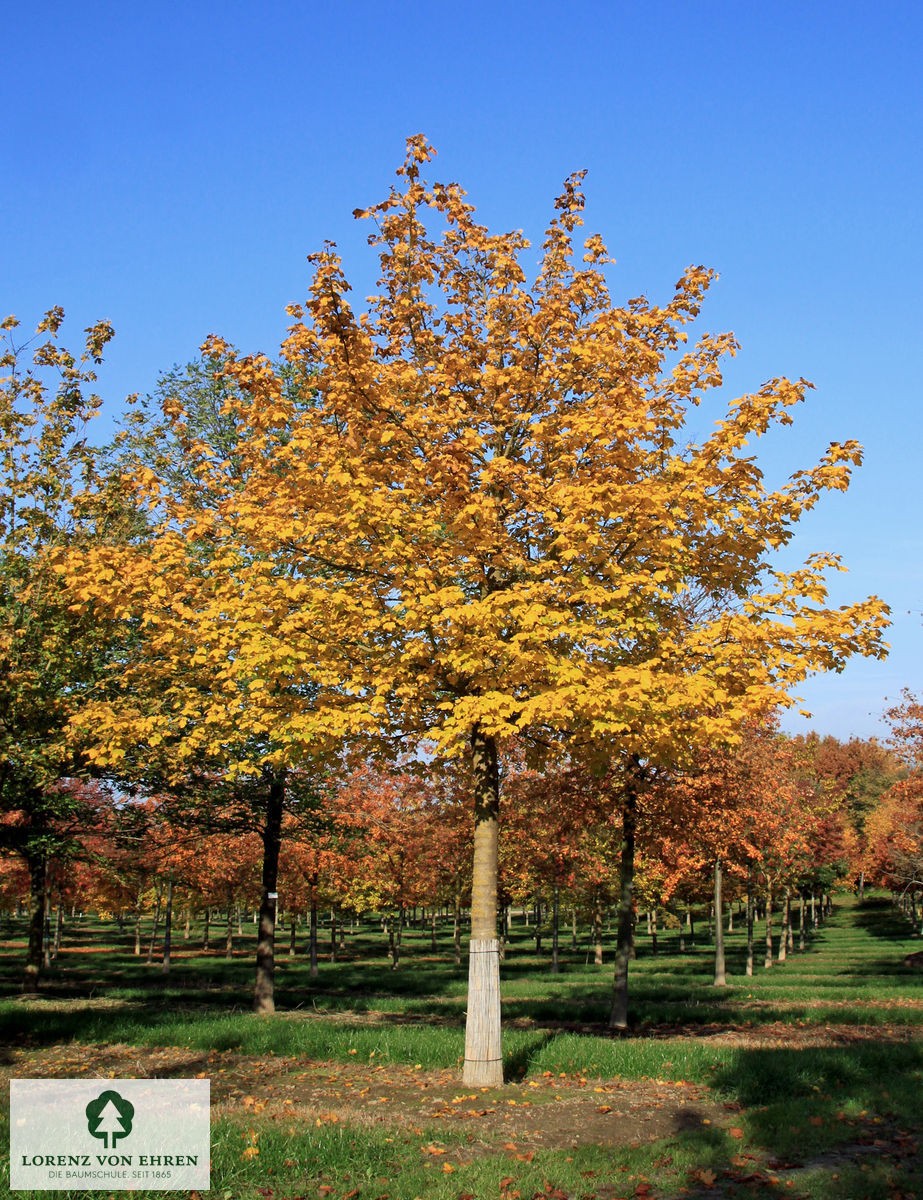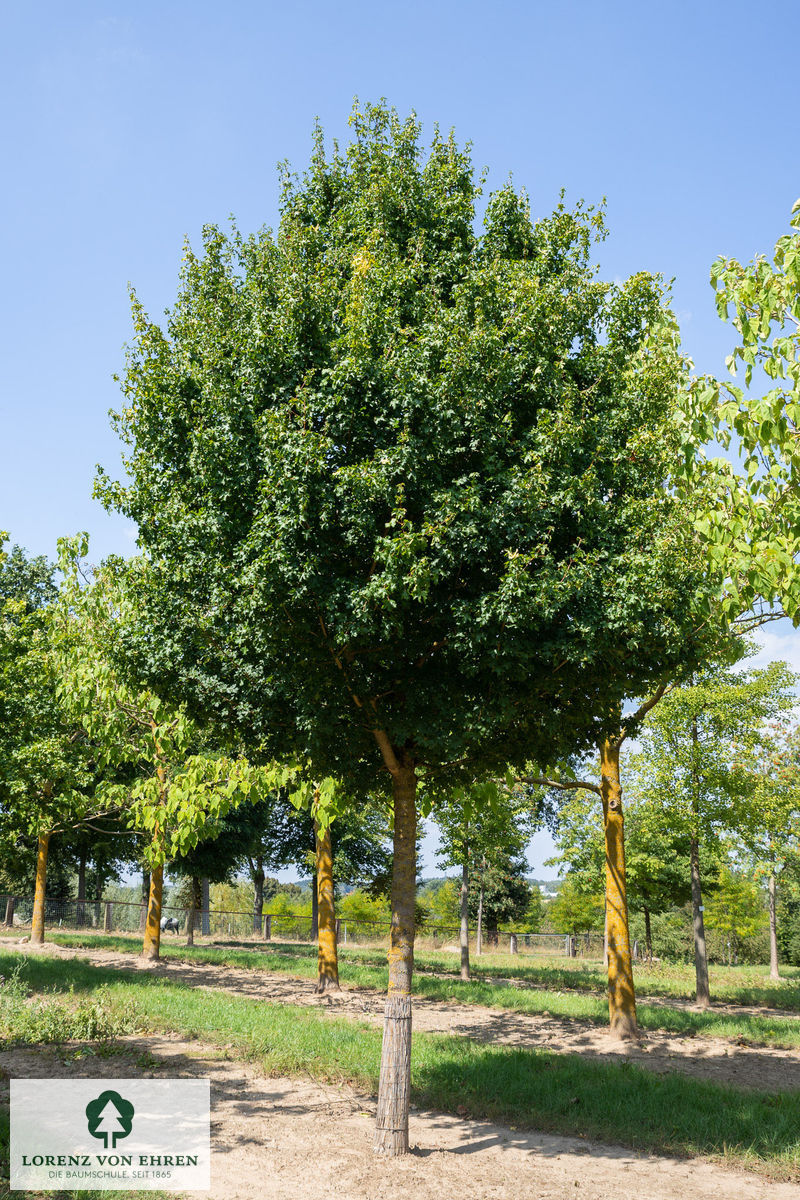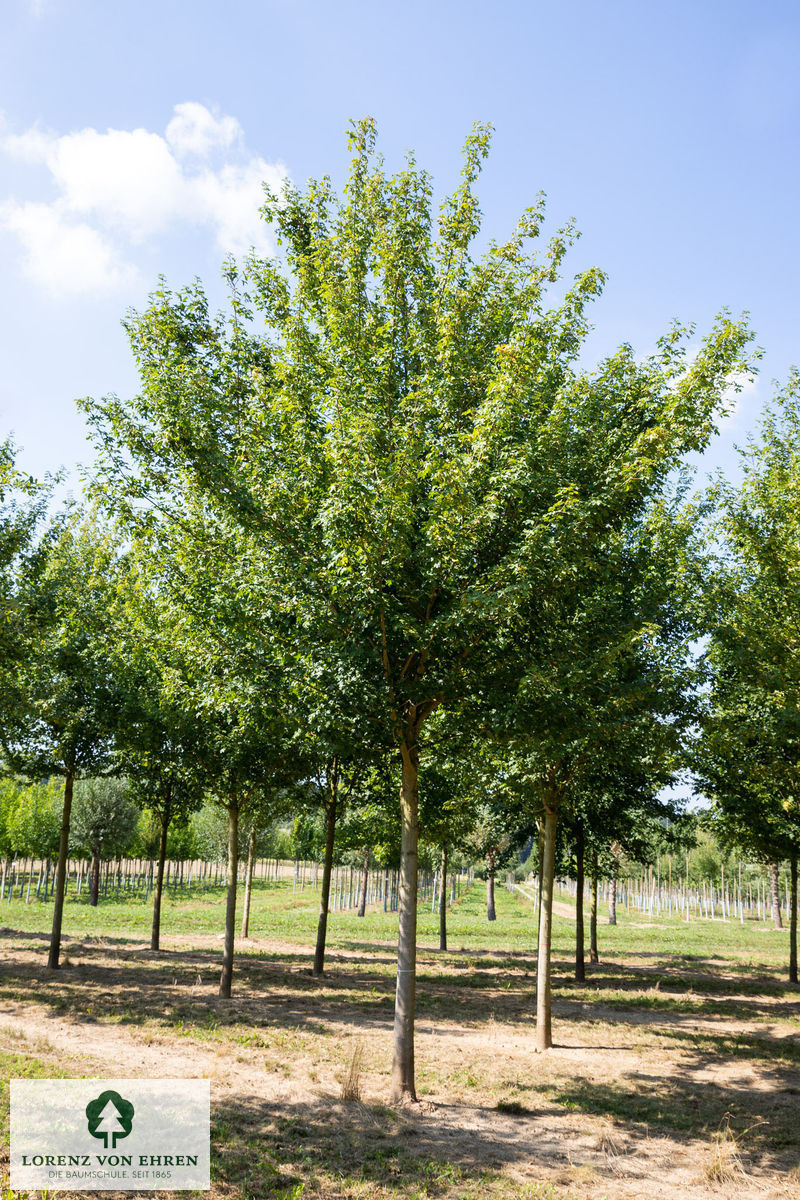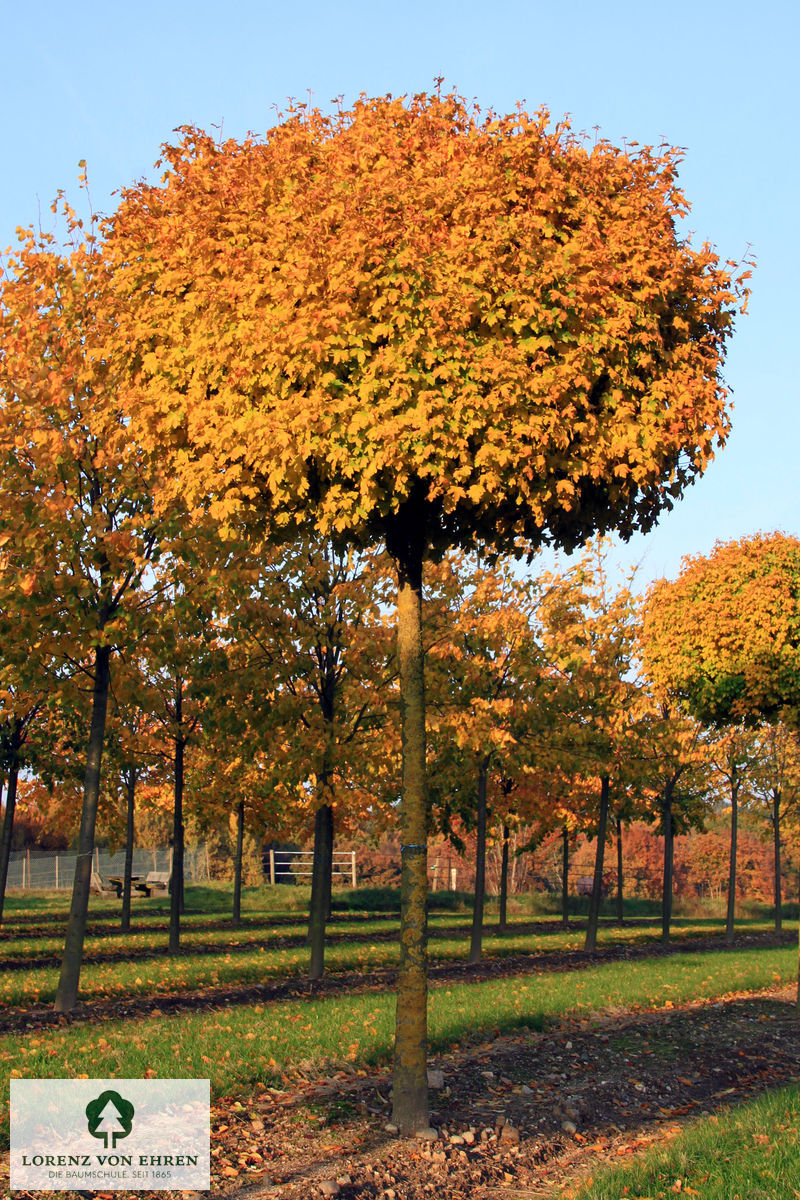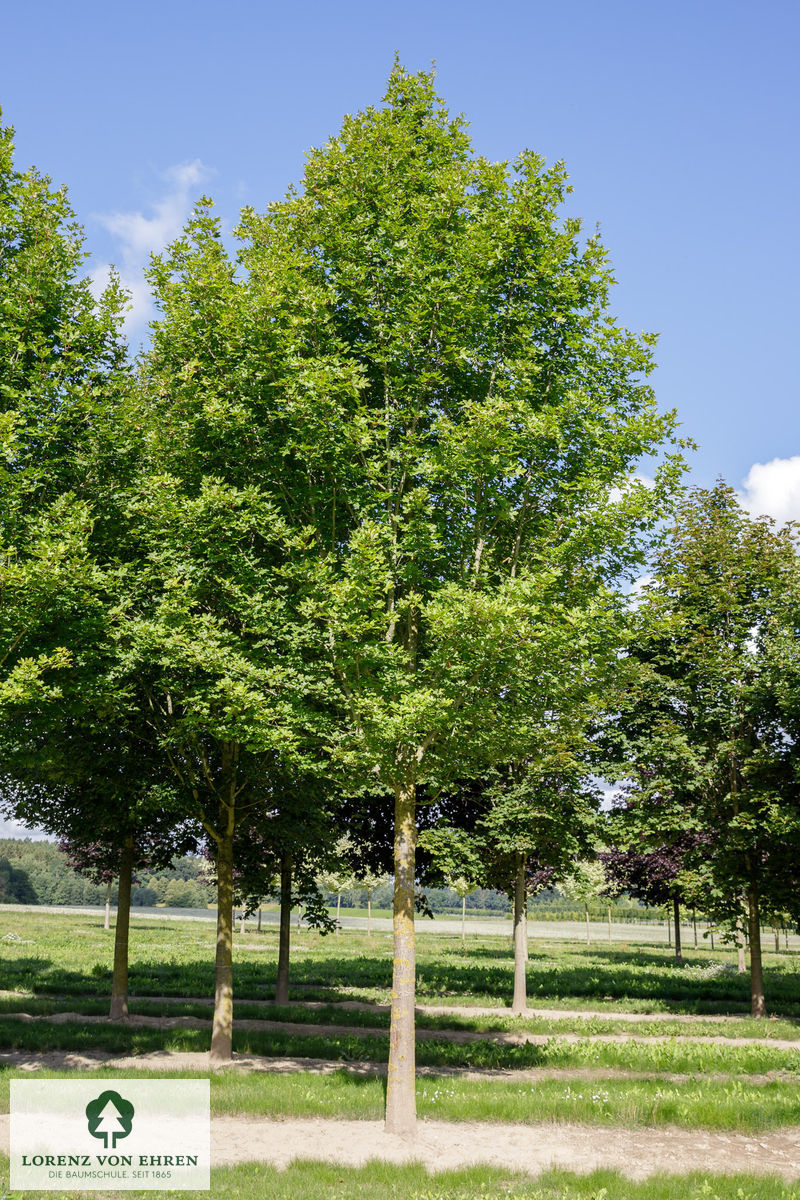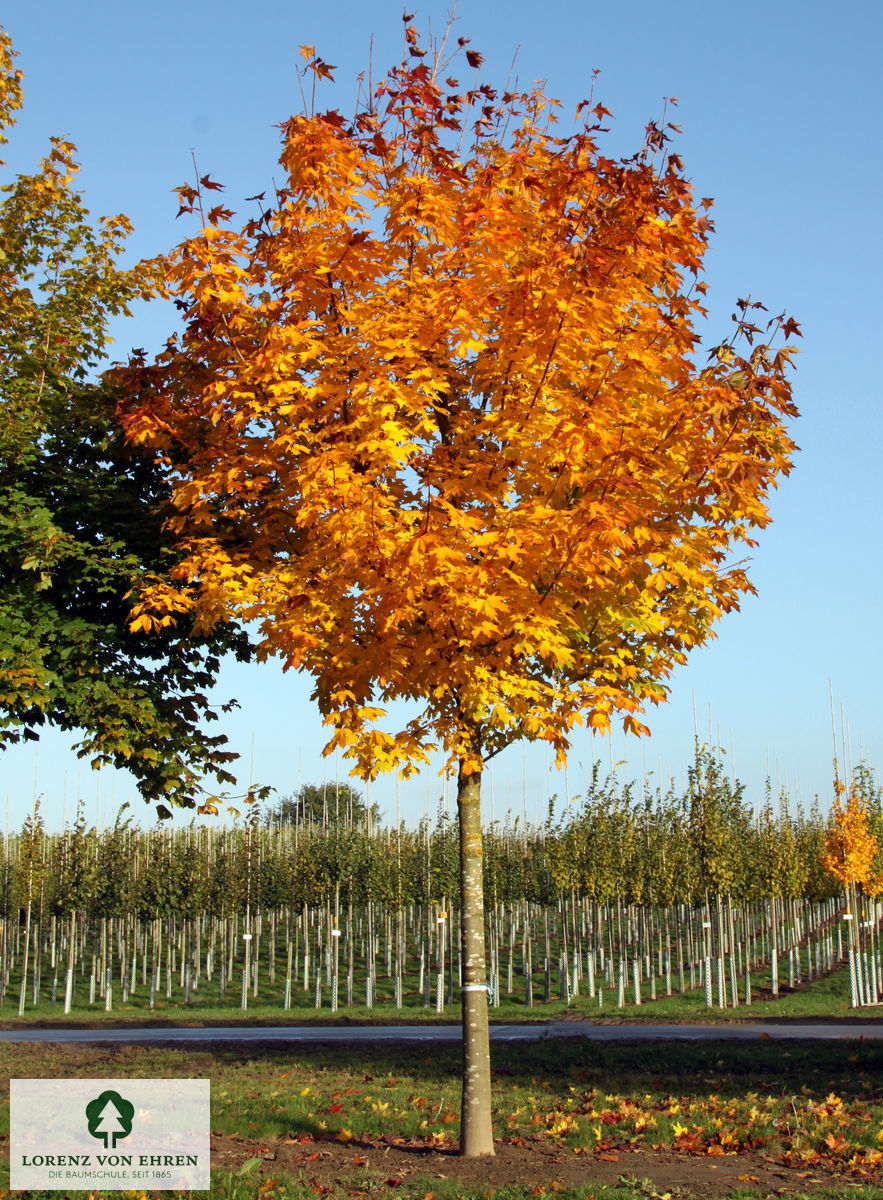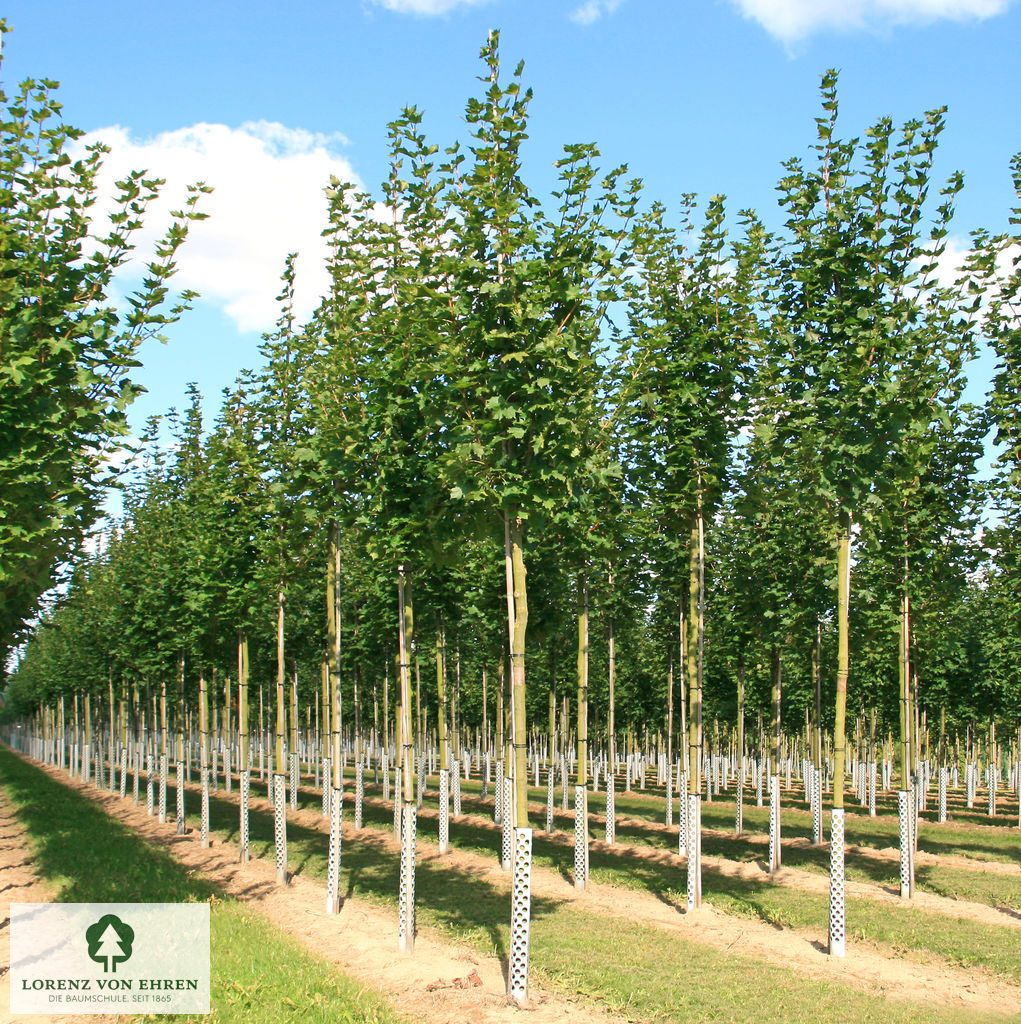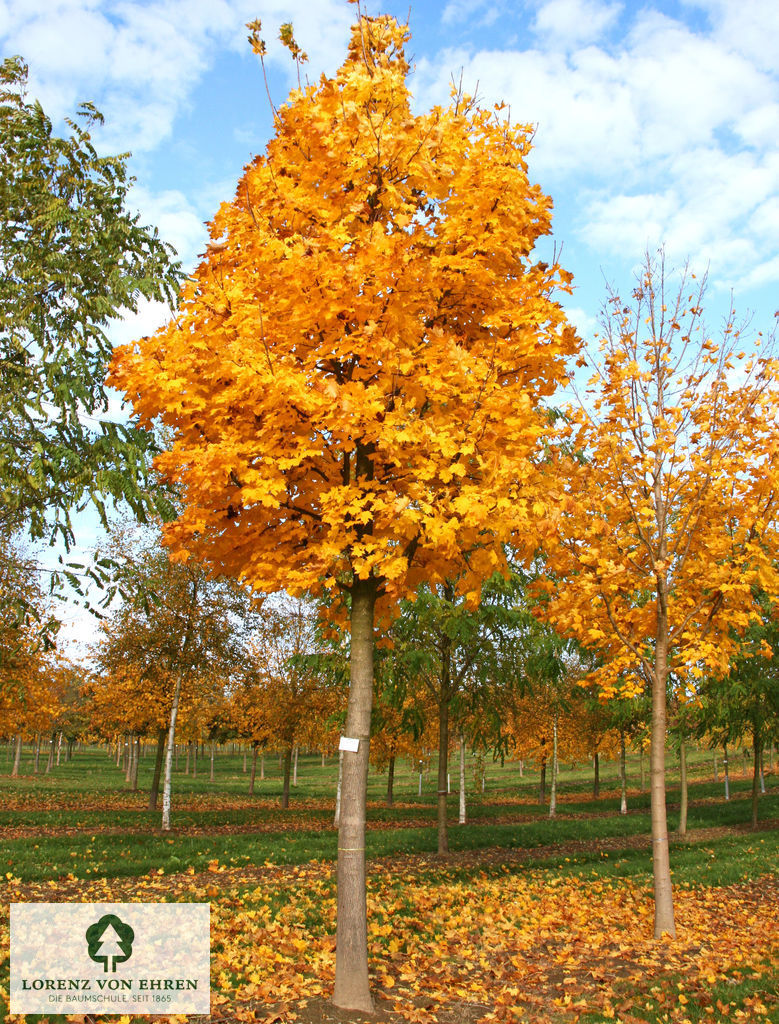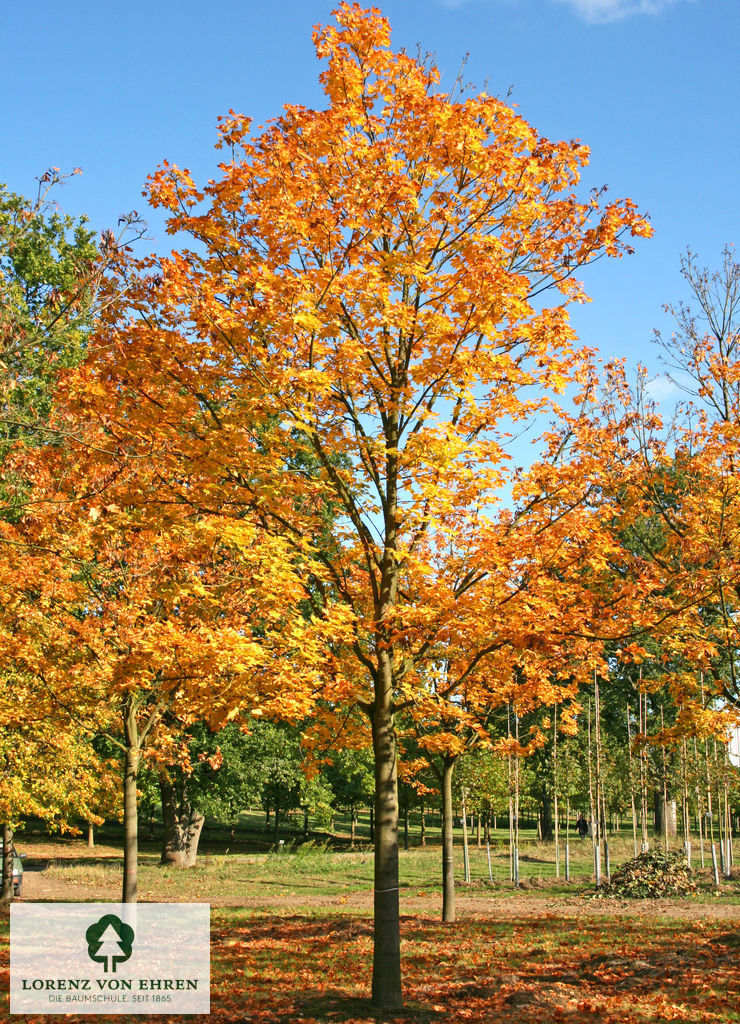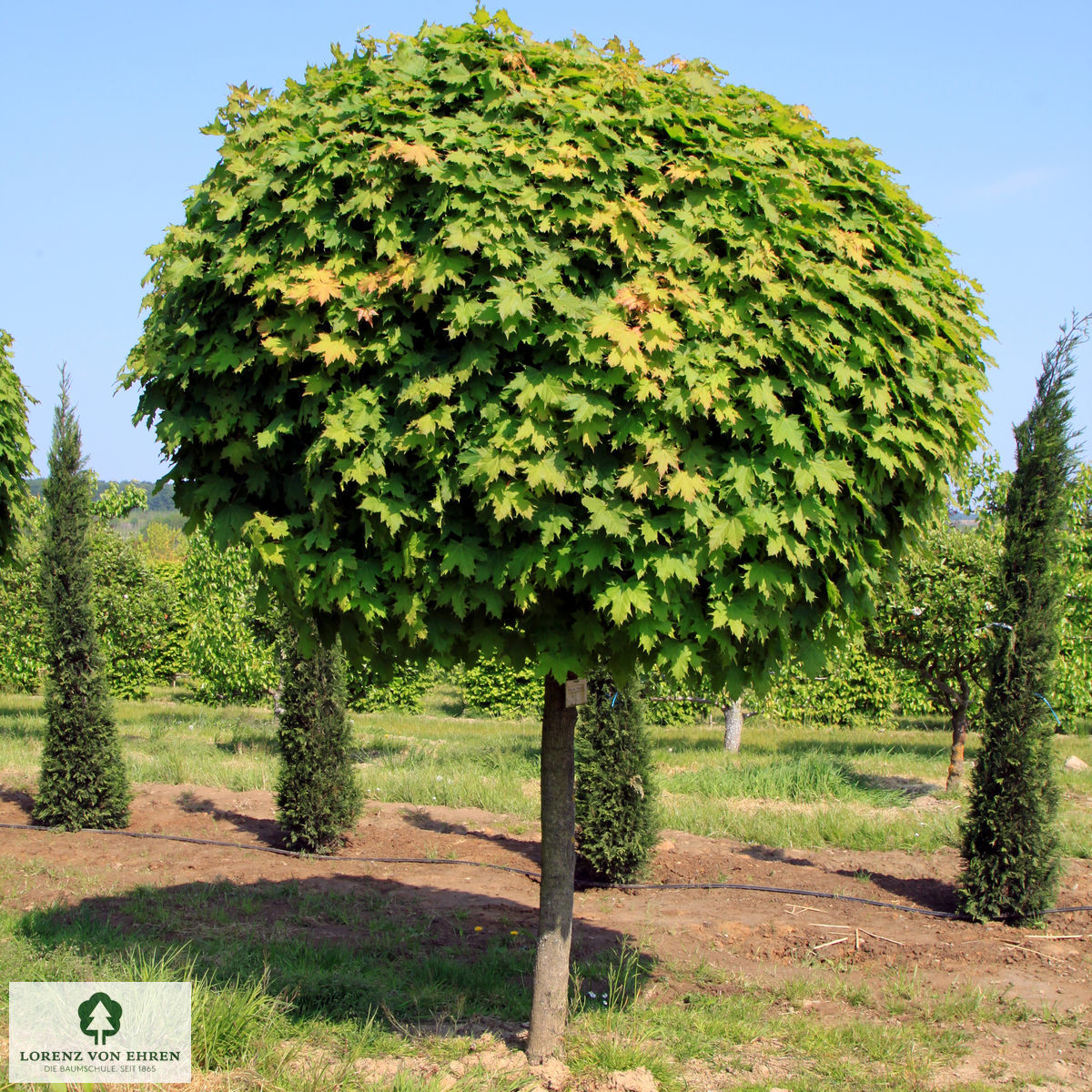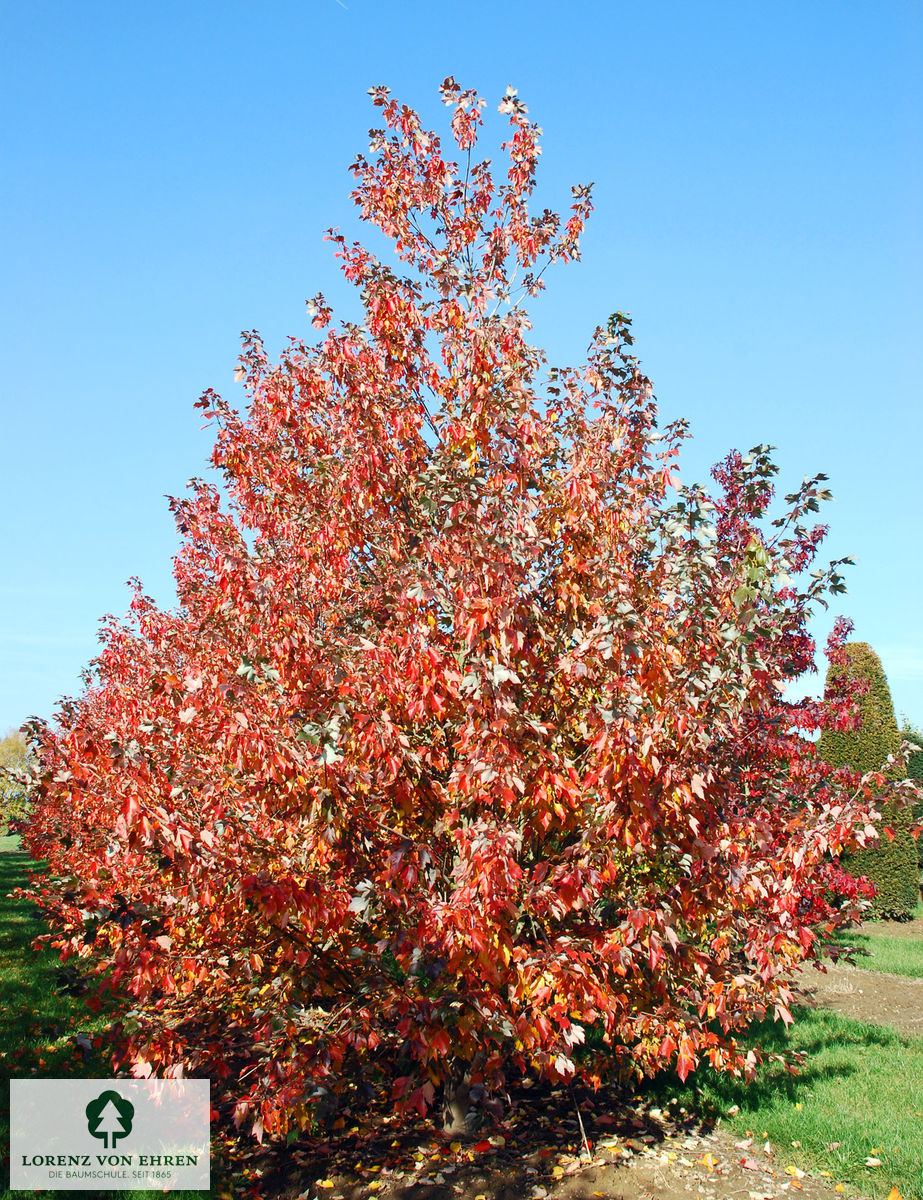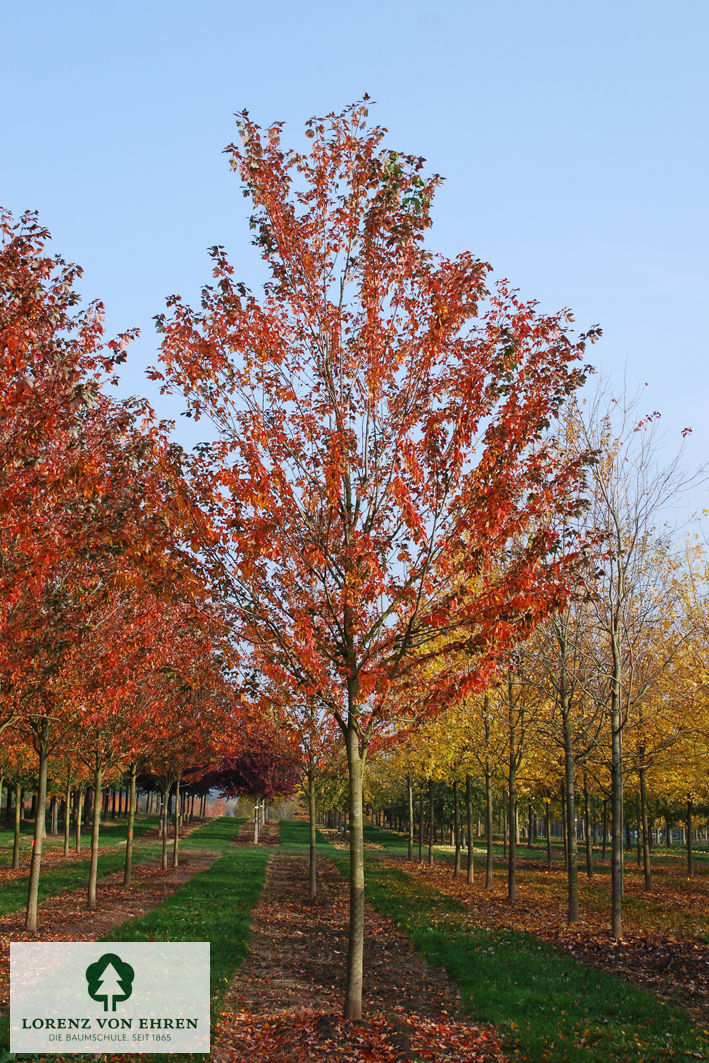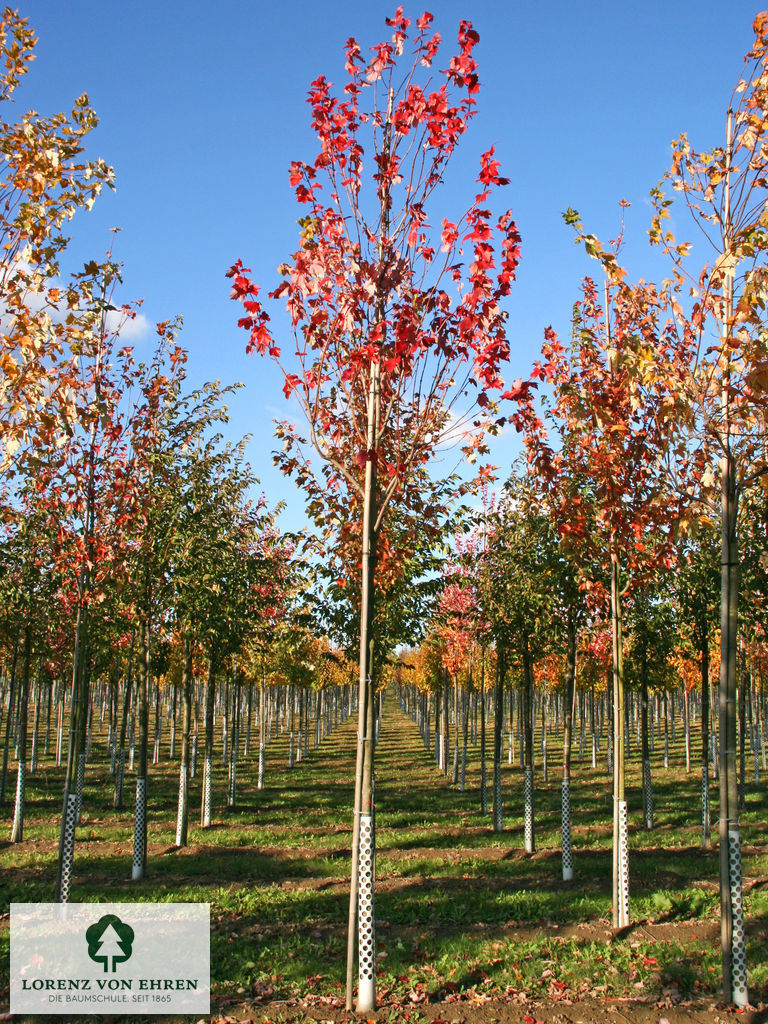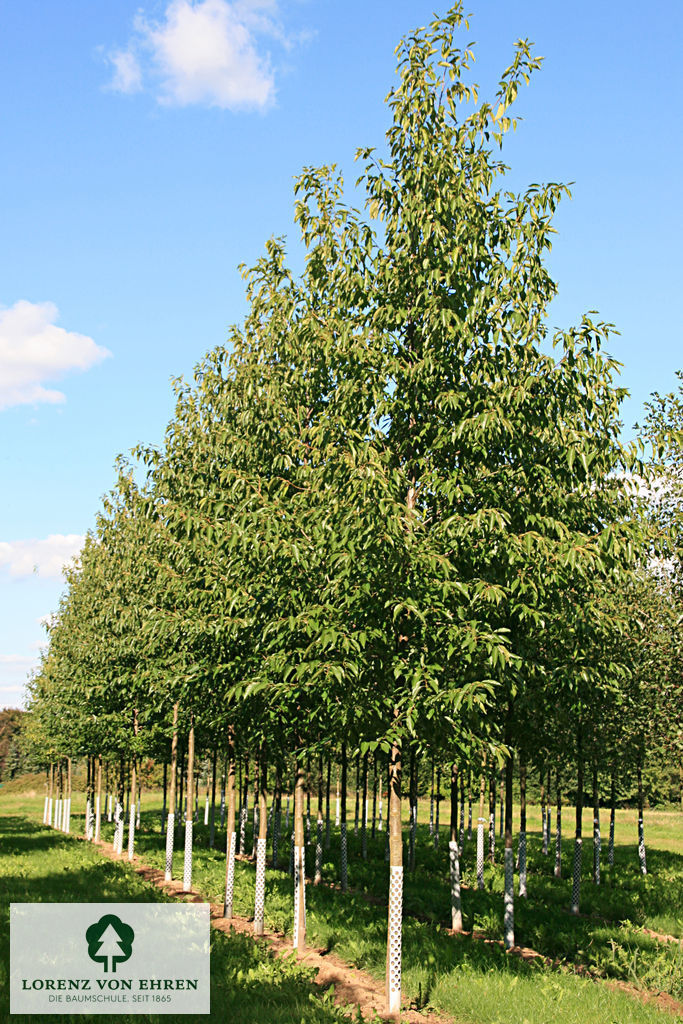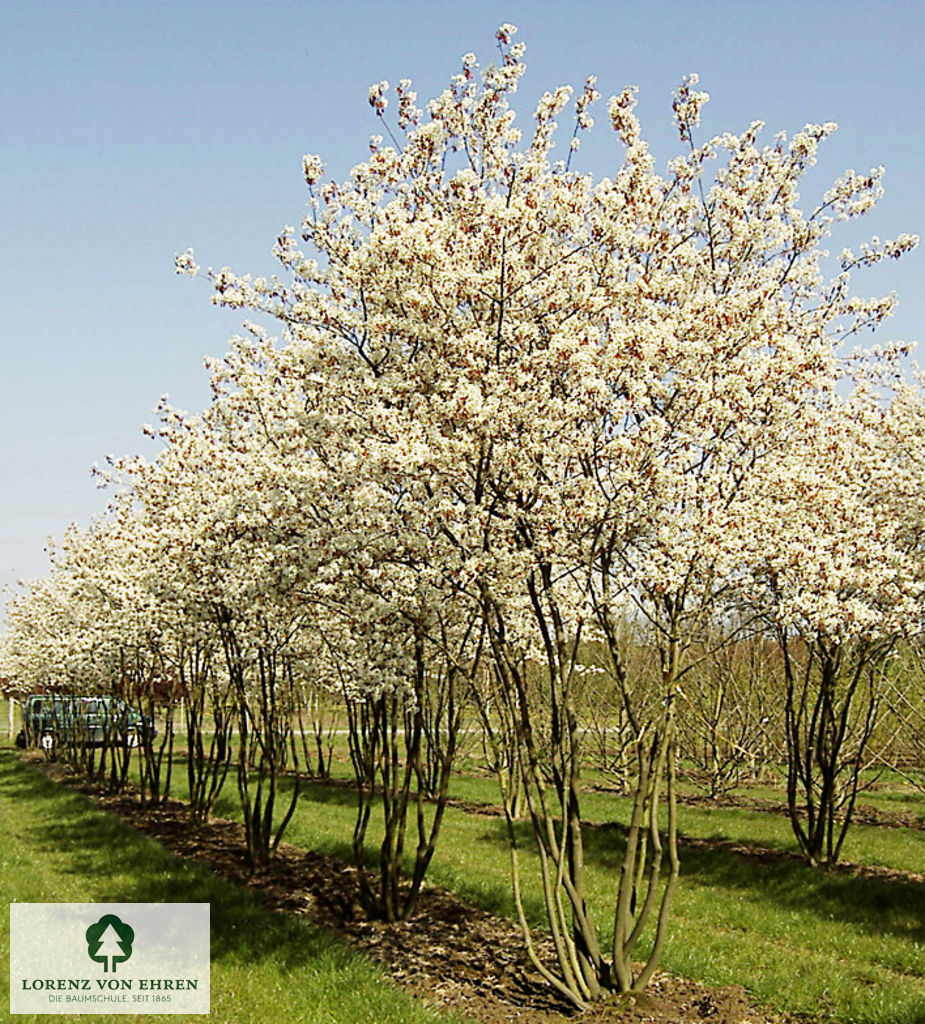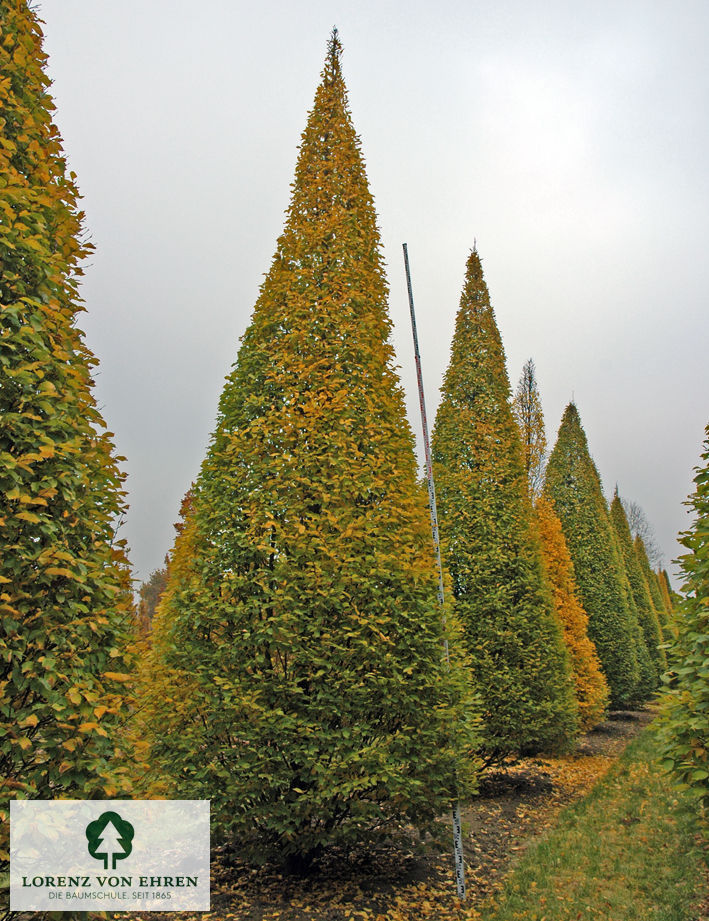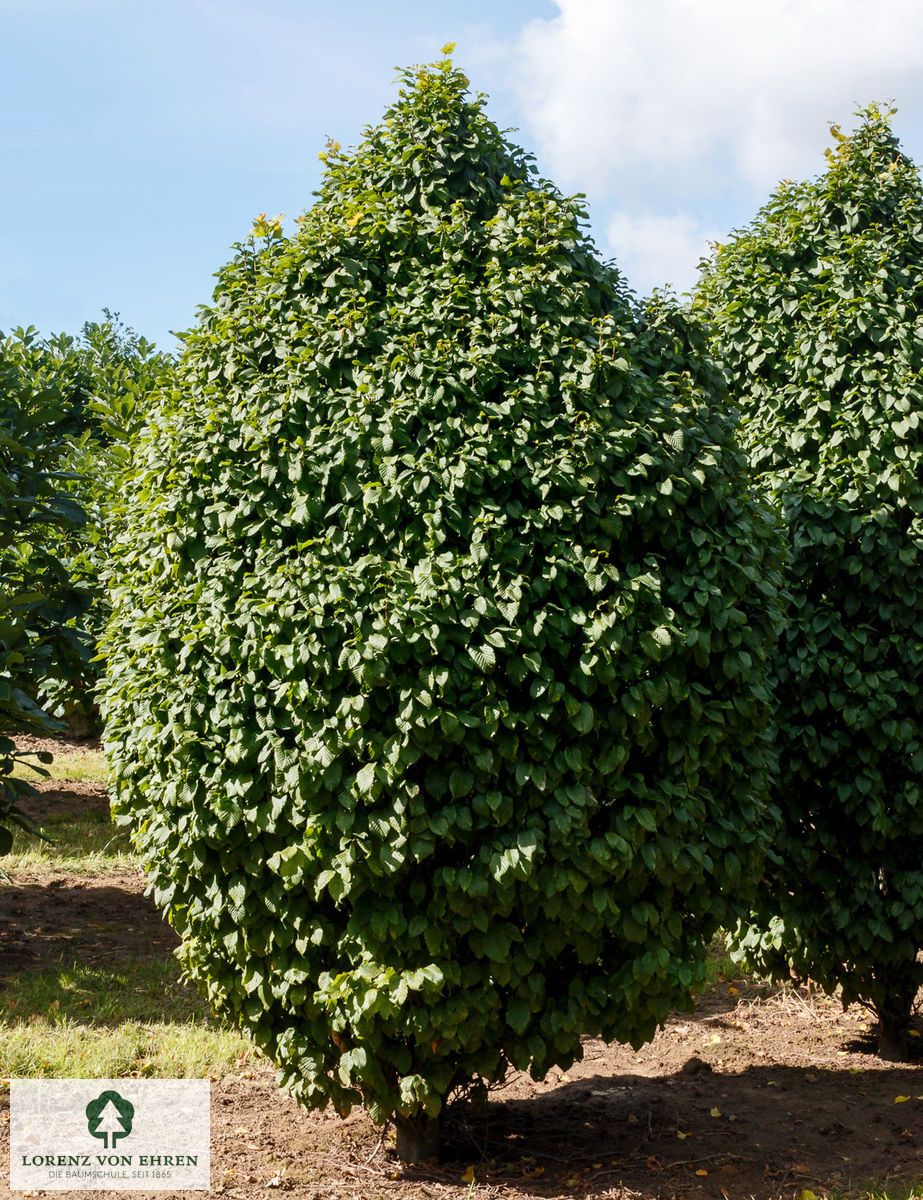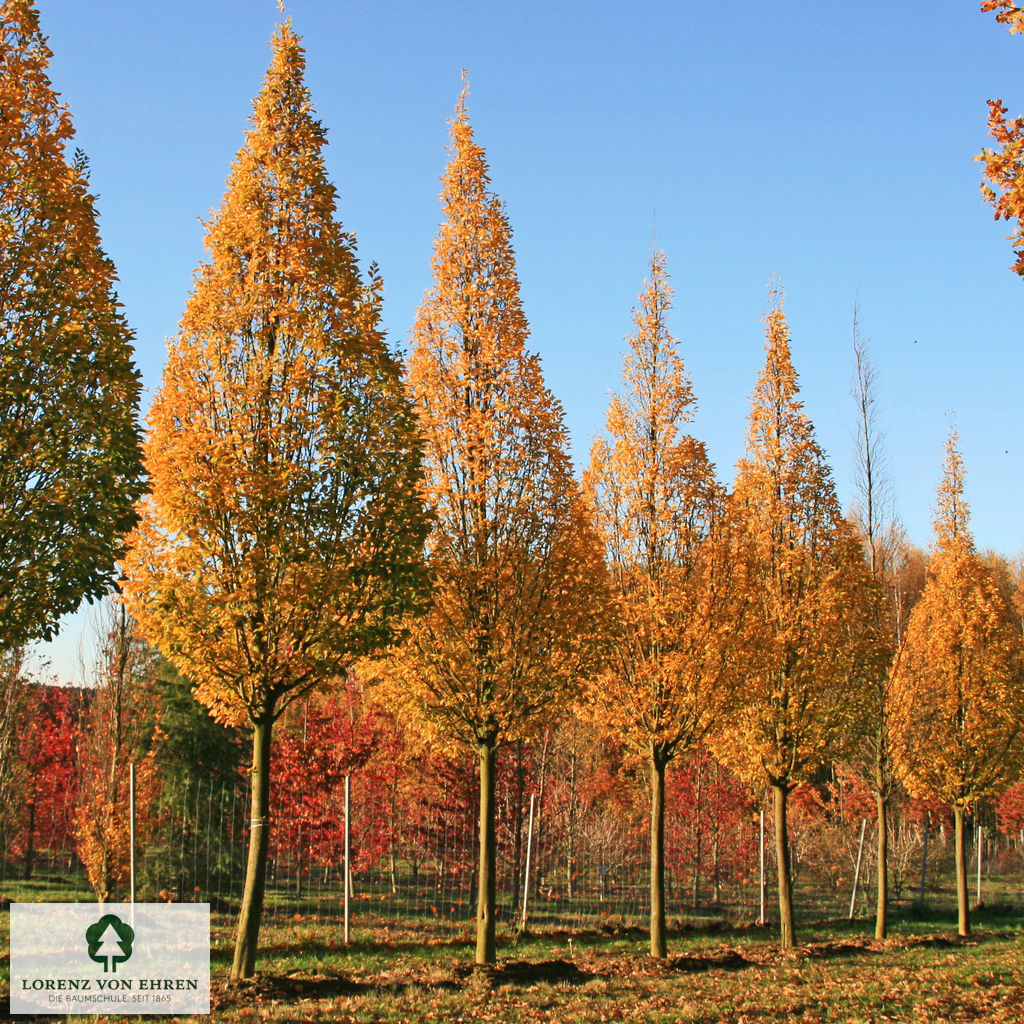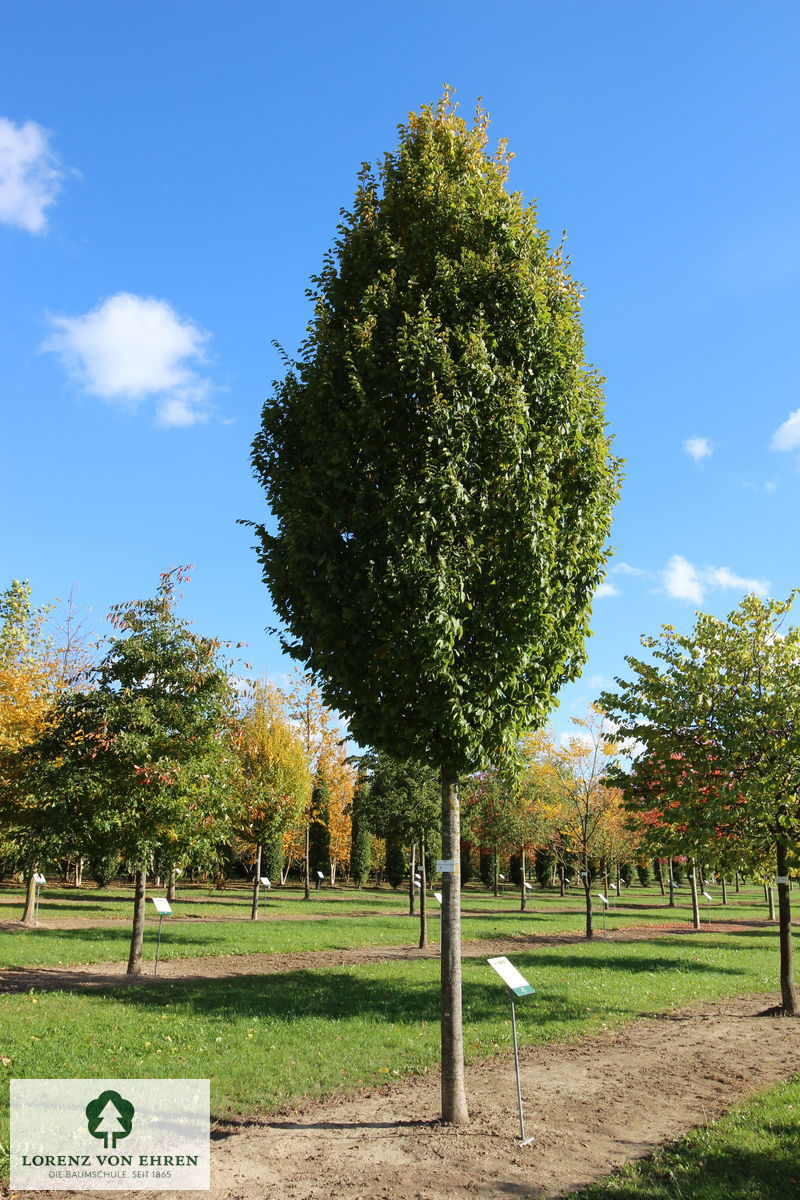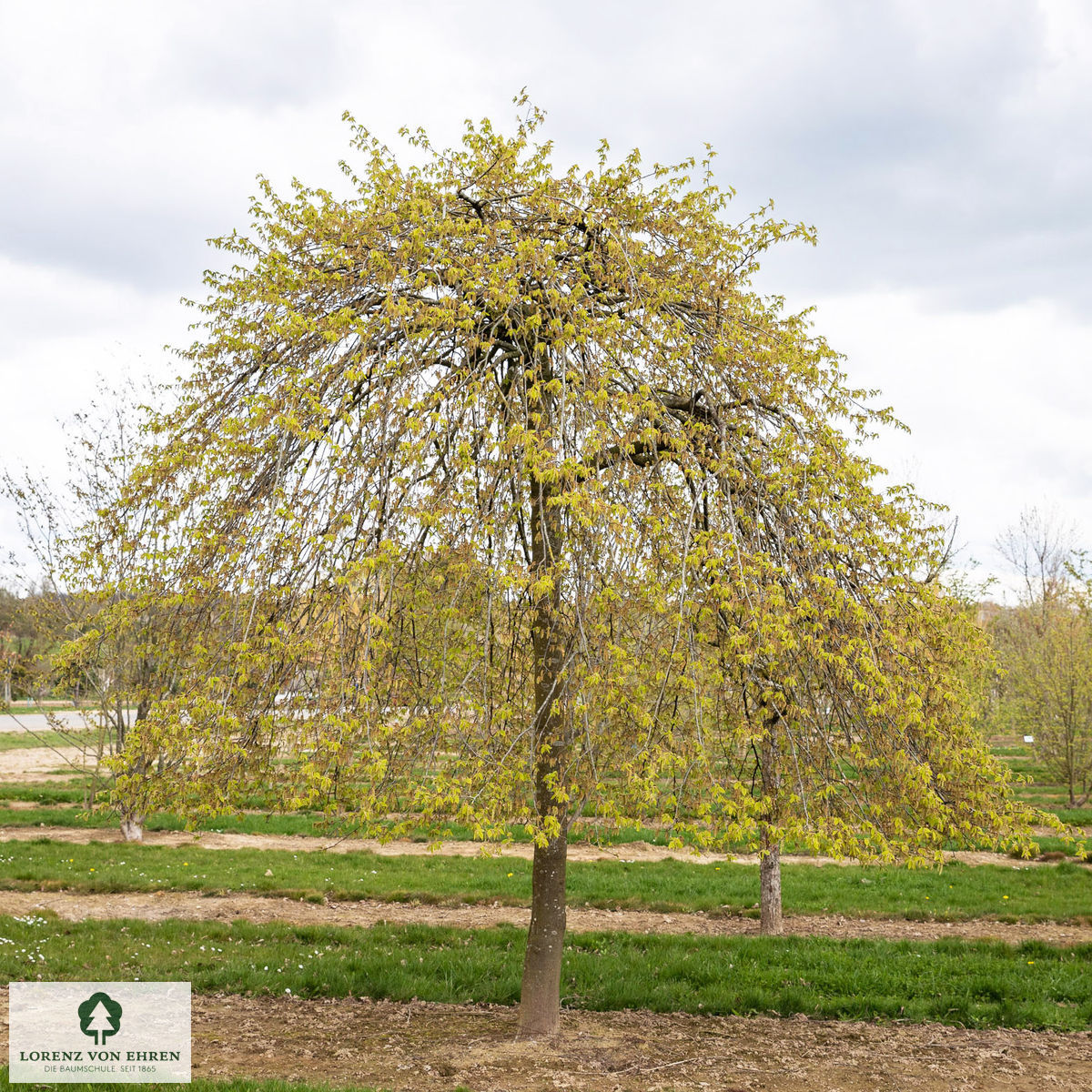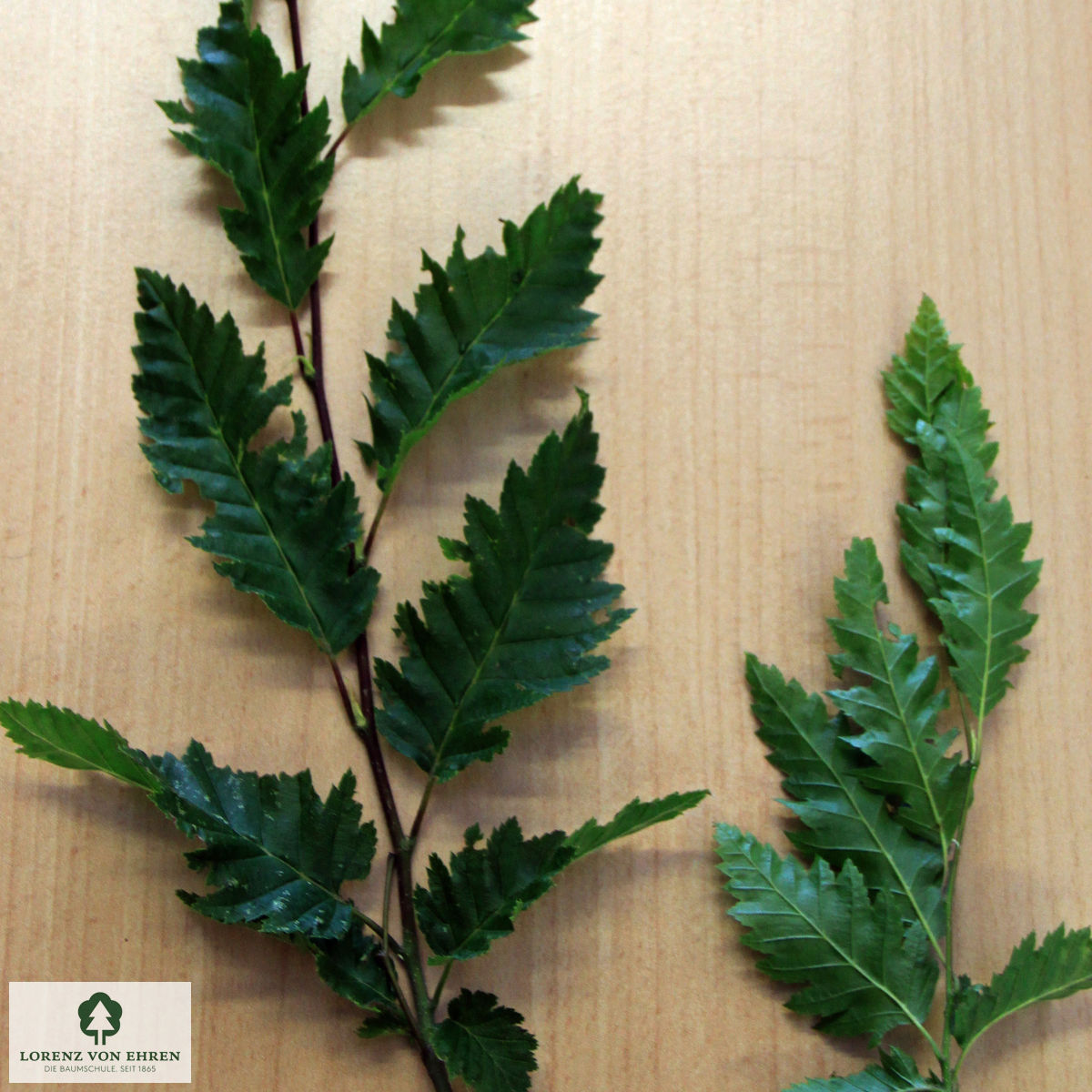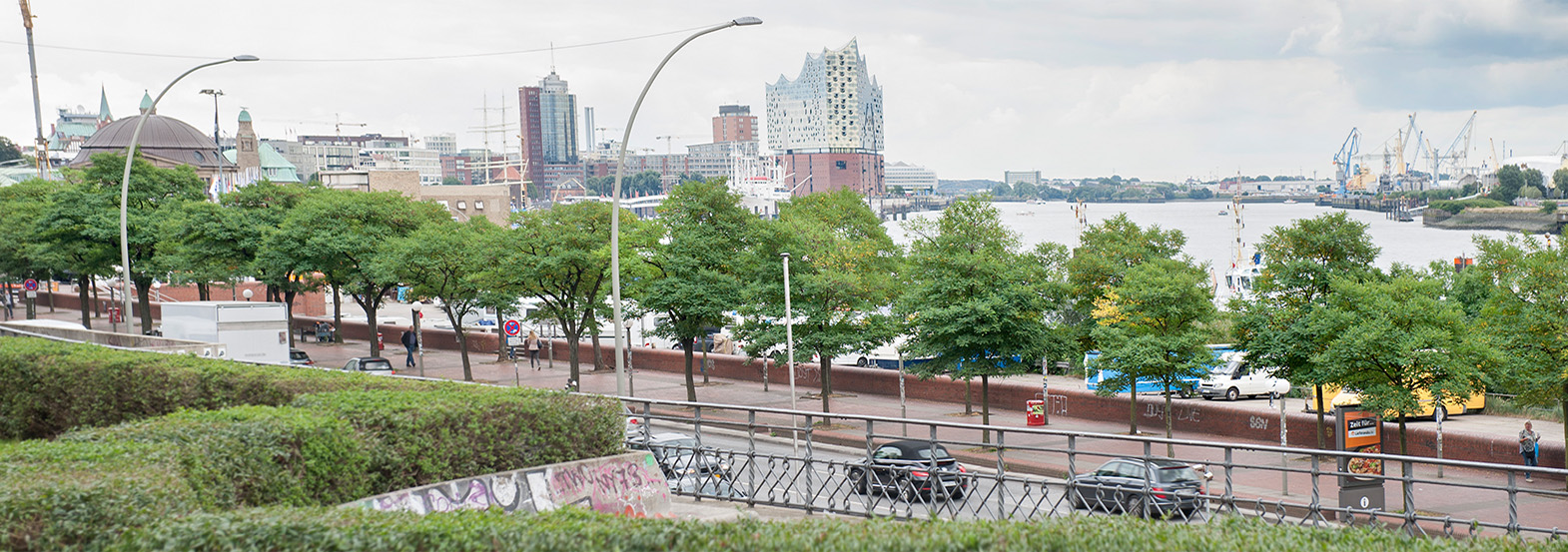
Climate trees
Suitable trees for the city
There are suitable trees for every location!
Trees that are unaffected by the adverse conditions in the city, but also by climate change: increasing drought, heavy rainfall and heat waves. There are both native and non-native species and varieties.
You can buy your climate trees here right away!
Urban trees - fit for climate change; fit for the future
These urban trees thrive despite the difficult conditions in cities. CO2, particulate matter, radiant heat, construction work and road salt input: these cause stress for the trees. De-icing salt, car tyres and ground work damage the tree's root system. Dust and air pollutants damage the leaves. Dryness and asphalt-related radiant heat have always been urban problems; the same holds true for higher temperatures than in the surrounding area.
On the other hand, urban shrubs must endure heavy rainfall, withstand violent storms in urban canyons and resist introduced pests. Some species such as chestnuts (bacteria) or ash (fungi) are hardly able to do this anymore. Sooner or later, they will probably disappear from the cityscape. We need urban trees that can do everything. Take a look for yourself!
FAQ - Frequently asked questions
The importance of trees in climate change
Trees play a central role in the fight against climate change. They act as natural climate protectors by absorbing CO₂ from the atmosphere, producing oxygen, filtering particulate matter, regulating the temperature and promoting the water cycle by storing rainwater. They protect the soil from erosion and provide habitats and protection for animals large and small.
However, not all trees are equally well suited to the challenges of climate change. However, some tree species are particularly resilient and can cope better with changing environmental conditions such as higher temperatures, longer periods of drought and more severe weather extremes. These ‘climate trees’ are increasingly being planted to prepare forests and cities for climate change.
What are climate trees?
Climate trees are tree species that are particularly well adapted to the challenges of climate change. Climate trees play an important role in the adaptation of cities and landscapes to climate change, as they help to stabilise the ecosystem, improve air quality and regulate the local microclimate.
Characteristics of climate trees:
- Drought resistance: Climate trees can manage with less water and survive longer periods of drought.
- Robustness: They are resistant to pests and diseases that are spreading more rapidly due to the changing climate.
- Adaptability: Many climax trees can thrive in both warmer and more stressful environments.
- Root system: They often have deep or extensive roots that can absorb water efficiently.
Importance of climax trees:
The promotion and planting of climax trees contribute to the long-term stability of ecosystems. In urban areas in particular, they help to dampen rising temperatures, provide shade and bind CO₂. At the same time, they provide habitats for animals and improve people's quality of life.
Climate trees are therefore an important part of modern planting strategies and a step towards mitigating the consequences of climate change.
Which species and varieties are climate trees?
Native climate tree species
Some native species are particularly resilient and are well suited to changing environmental conditions:
- Sessile oak (Quercus petraea): Robust against drought and of high ecological importance.
- Field maple (Acer campestre): Adaptable to drought and urban conditions.
- Cornelian cherry (Cornus mas): Tolerant of changeable weather conditions and undemanding.
- Walnut tree (Juglans regia): Drought tolerant and heat resistant.
- Scots pine (Pinus sylvestris): Particularly suitable for dry and nutrient-poor soils.
Non-native climate tree species
Some introduced species are also well suited to climate change due to their characteristics:
- Robinia (Robinia pseudoacacia): Very resistant to drought and air pollution.
- Ginkgo (Ginkgo biloba): Extremely adaptable and resistant to pollutants.
- Oriental plane tree (Platanus orientalis): Well suited to hot and dry locations.
- Tree hazel (Corylus colurna): Heat-resistant and robust in urban areas.
- Amber tree (Liquidambar styraciflua): Tolerates drought and high temperatures well.
Recommended varieties for cities and parks
- Red maple (Acer rubrum 'October Glory'): Heat tolerant and aesthetically pleasing.
- Narrow-leaved ash (Fraxinus angustifolia 'Raywood'): Tolerant of drought and saline soils.
- Columnar ginkgo (Ginkgo biloba 'Fastigiata'): Particularly space-saving and ideal for narrow sites.

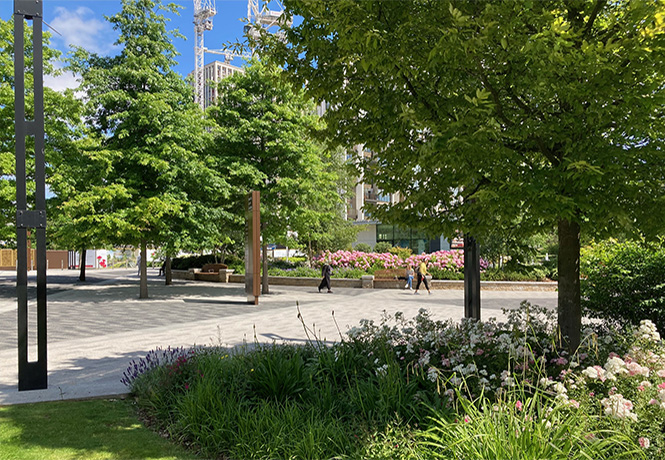
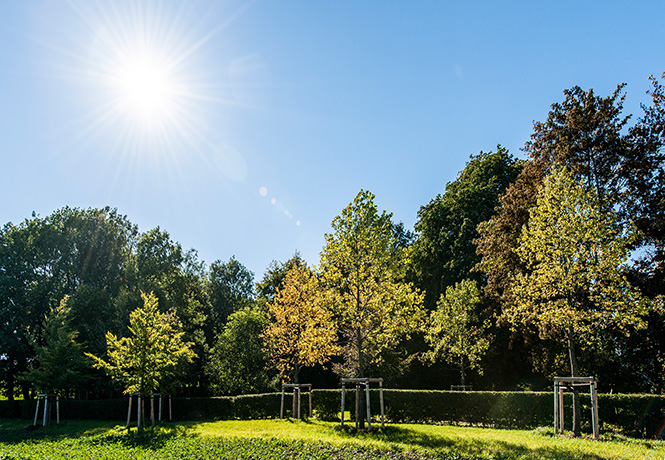
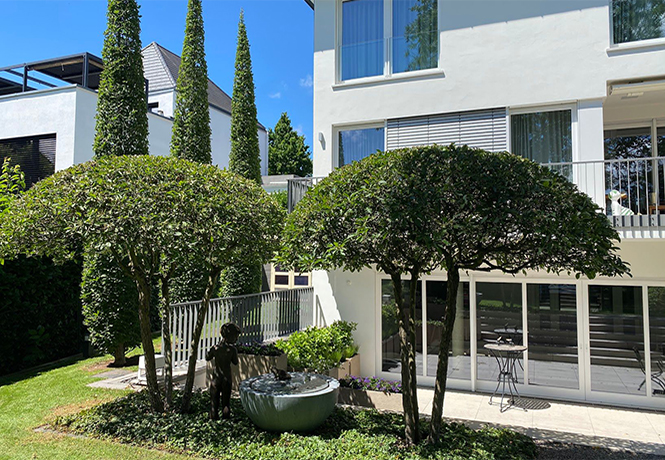
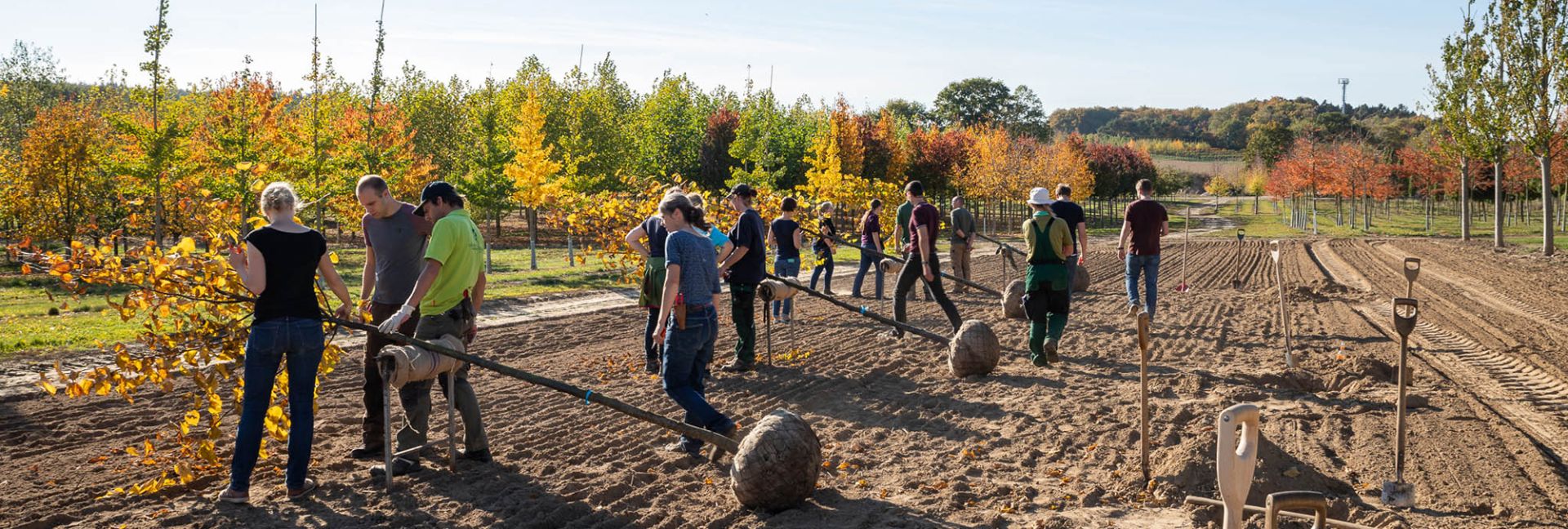

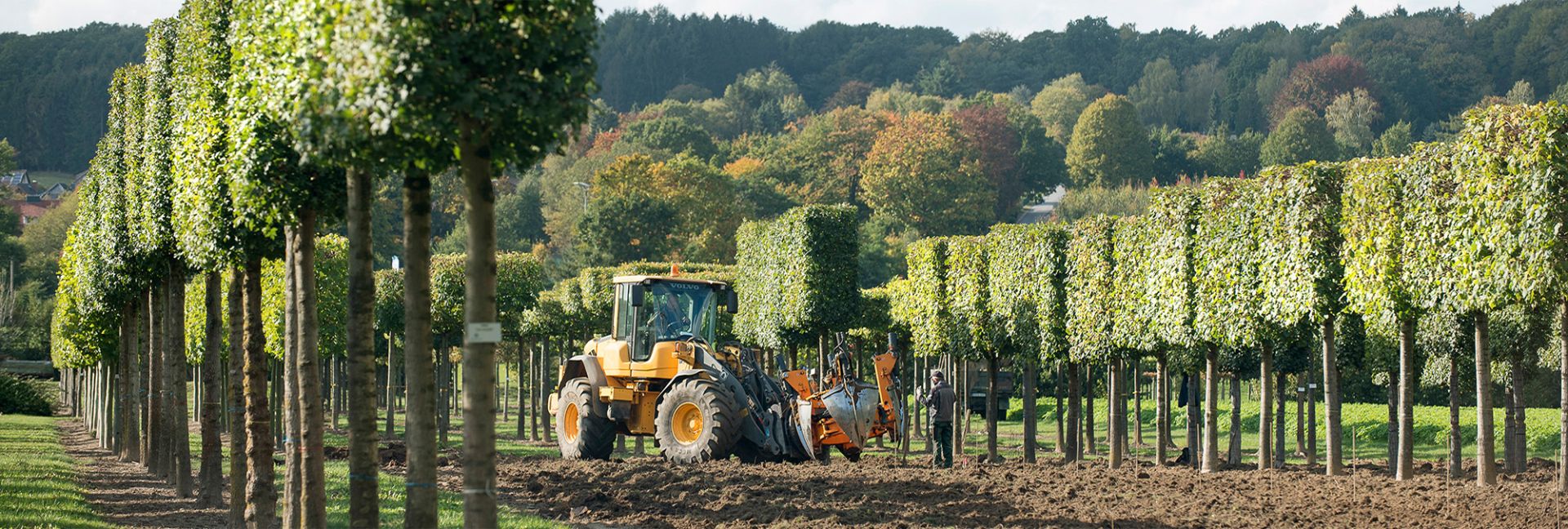
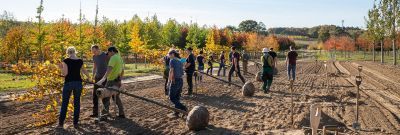
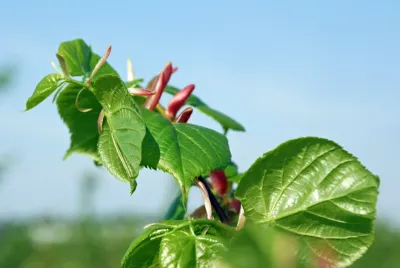
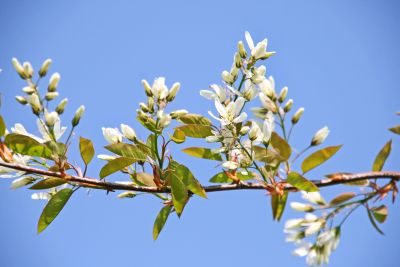
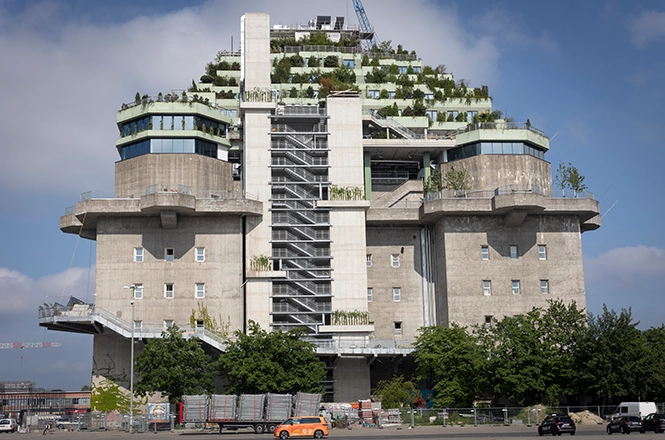
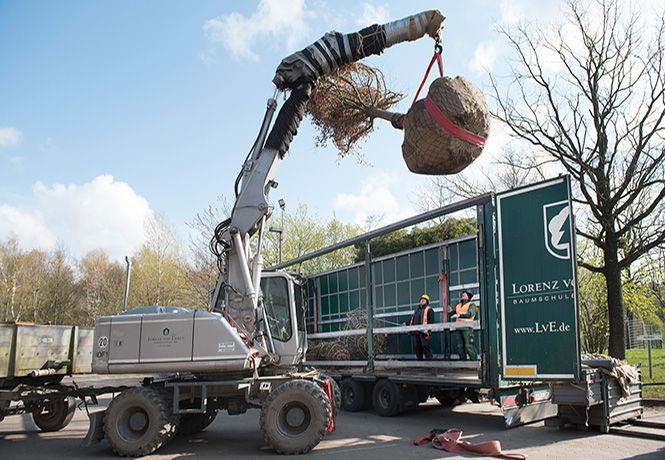
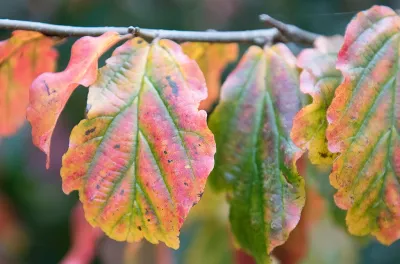
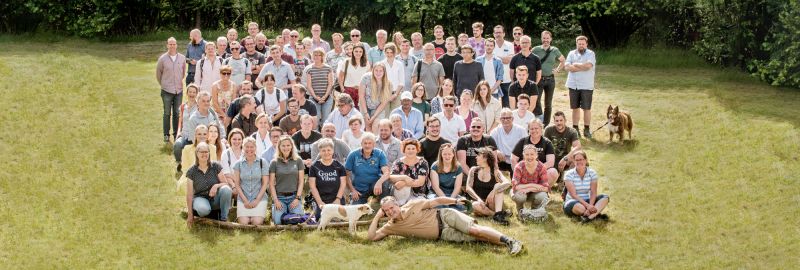
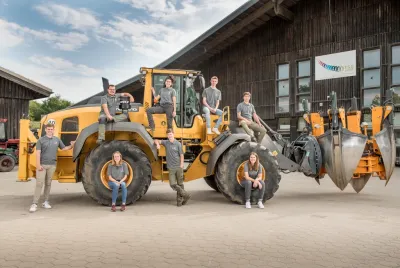
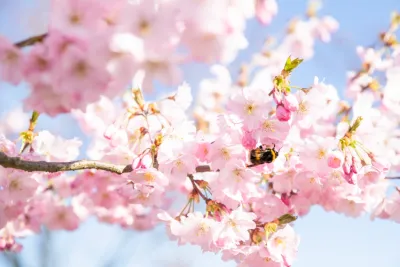
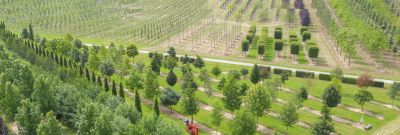

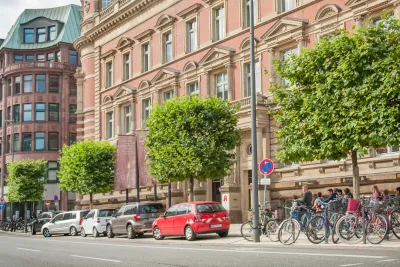
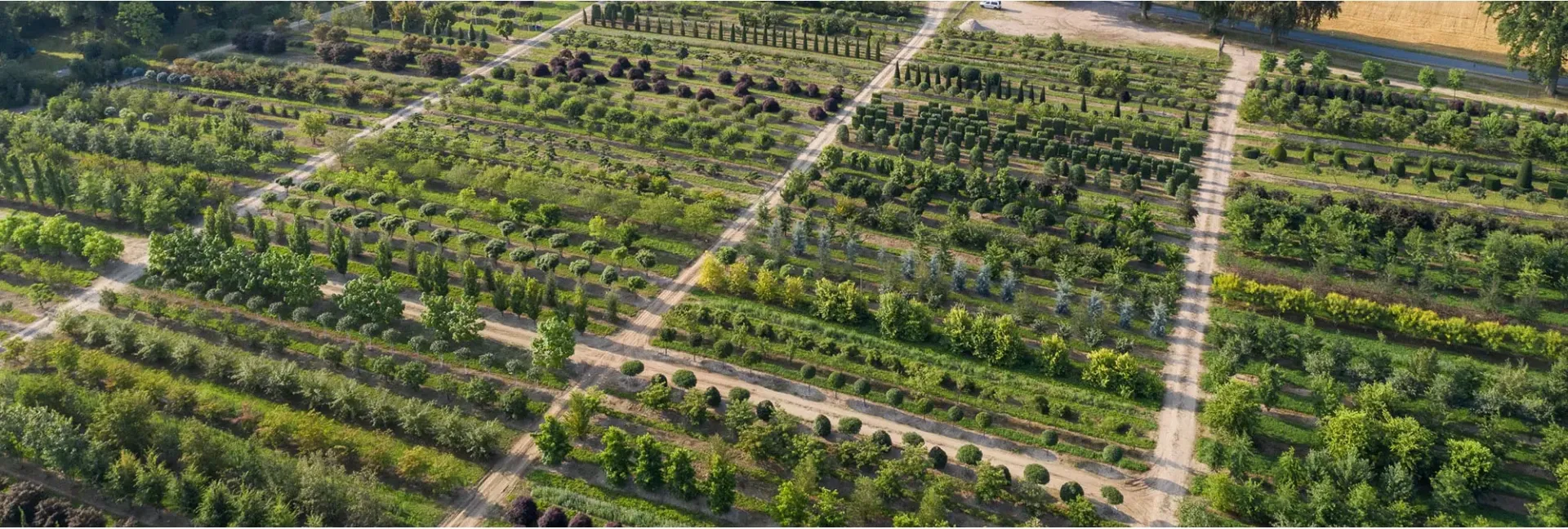
_400x400.webp)
